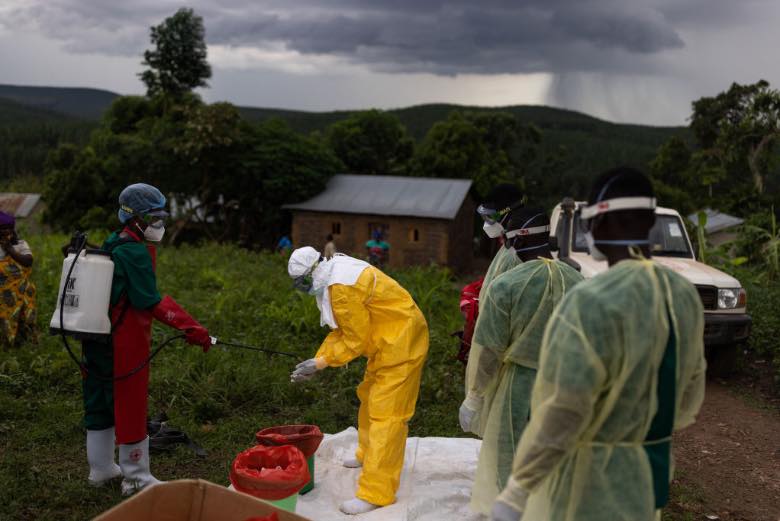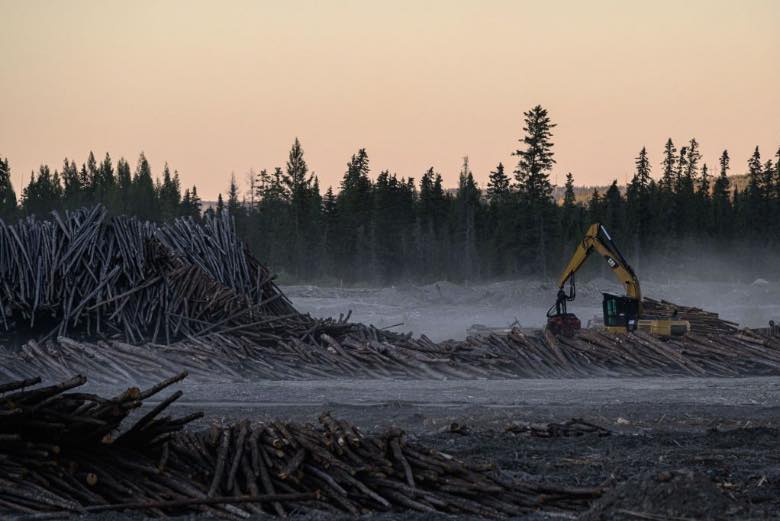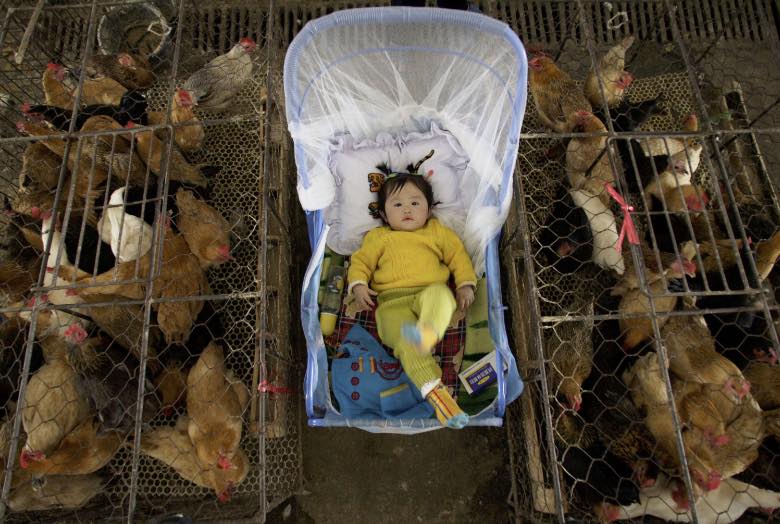Environmental protection has often been seen as a luxury of affluent societies. Climate change has contributed to the realisation that the environment is not decorative, but that we are part of it and that its degradation directly harms us all. There is a growing awareness of how climate change is affecting, for example, extreme weather events that lead to major disasters. But we increasingly hear warnings about the health risks of climate change, including possible future pandemics. So how great is the risk?

In the 2011 film Contagion, director Steven Soderbergh enlisted expert scientific advice to portray a fictional pandemic with commendable realism. The outbreak began when deforestation forced virus-carrying bats to take refuge on a farm, where they infected pigs, which then infected a cook who handled their meat. Is such a scenario plausible?
Risk factors
The SARS-CoV-2 virus in COVID-19 is derived from bat coronaviruses. And while it is not yet known how it jumped to humans or what the intermediate hosts were, experts warn that the encroachment and destruction of ecosystems, the expansion of agriculture and urban growth, and the trade in animals increase the risk of human exposure to emerging zoonotic viruses.

During the COVID-19 pandemic, a study in Nature analysed nearly 7,000 ecosystems around the world and found that potential hosts of pathogens, such as rodents, bats and birds, were much more abundant in areas that had been invaded by humans than in those that were still intact. There are real-life examples of this danger: in North America, SARS-CoV-2 has been found to be spreading in deer, and it is feared that these animals may serve as a reservoir and source of new variants of the virus.
The One Health approach
Could these risks increase with climate change? Global warming is another driver that could push species from warmer climates into more temperate regions. A modelling study published in Nature simulated the migrations of more than 3,000 mammal species over the next 50 years due to climate change and habitat destruction, resulting in more than 4,000 cases of virus transmission between previously separated species. Temperate countries in the Americas and Europe are already seeing an increase in tropical infectious diseases.

At the beginning of this century, a holistic approach called One Health took shape, bringing together agencies, researchers and health authorities around the world to consider human, animal and ecosystem health as part of a whole. Will this multidisciplinary effort, driven by the experience of the recent pandemic, succeed in addressing the new threat and preparing for future outbreaks?
Comments on this publication